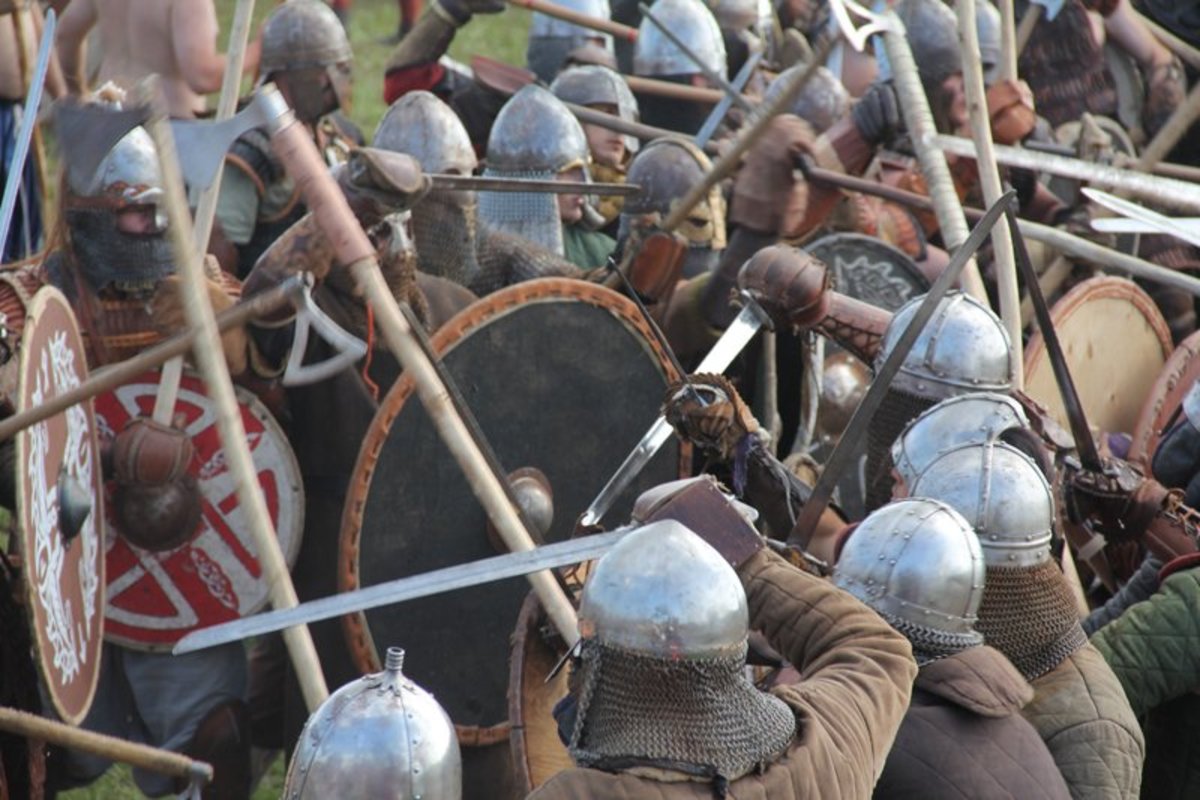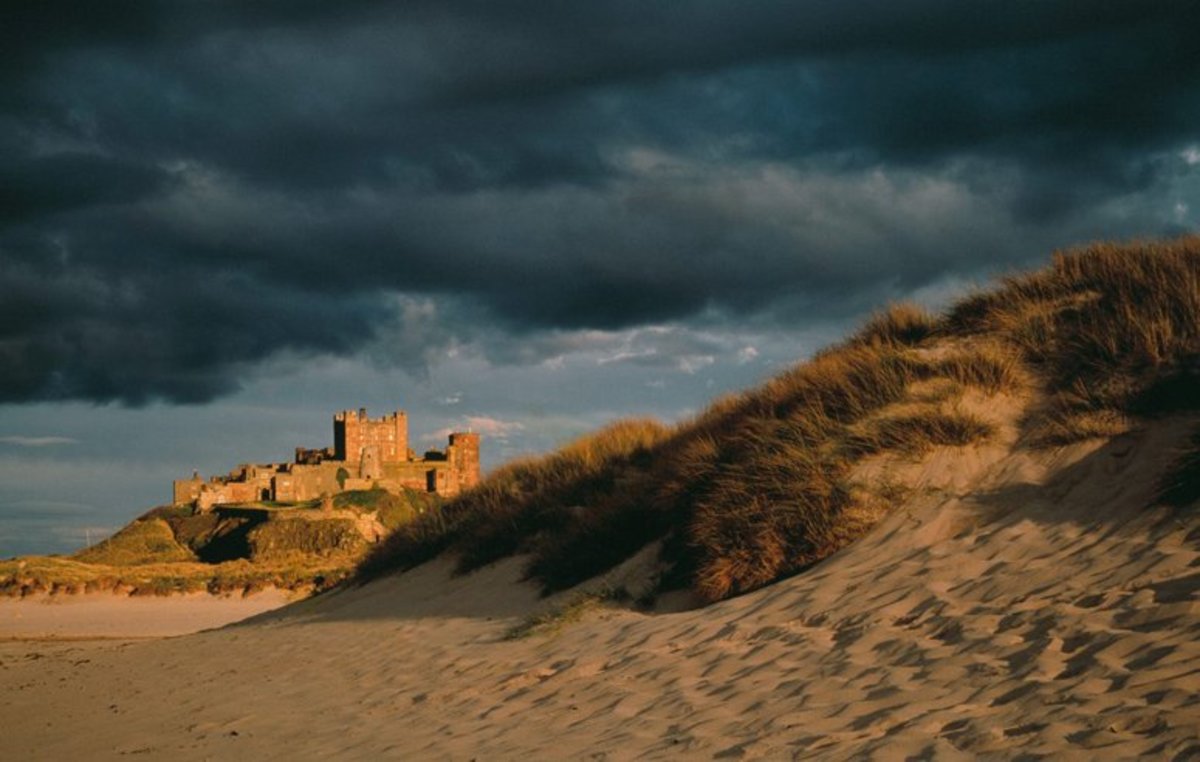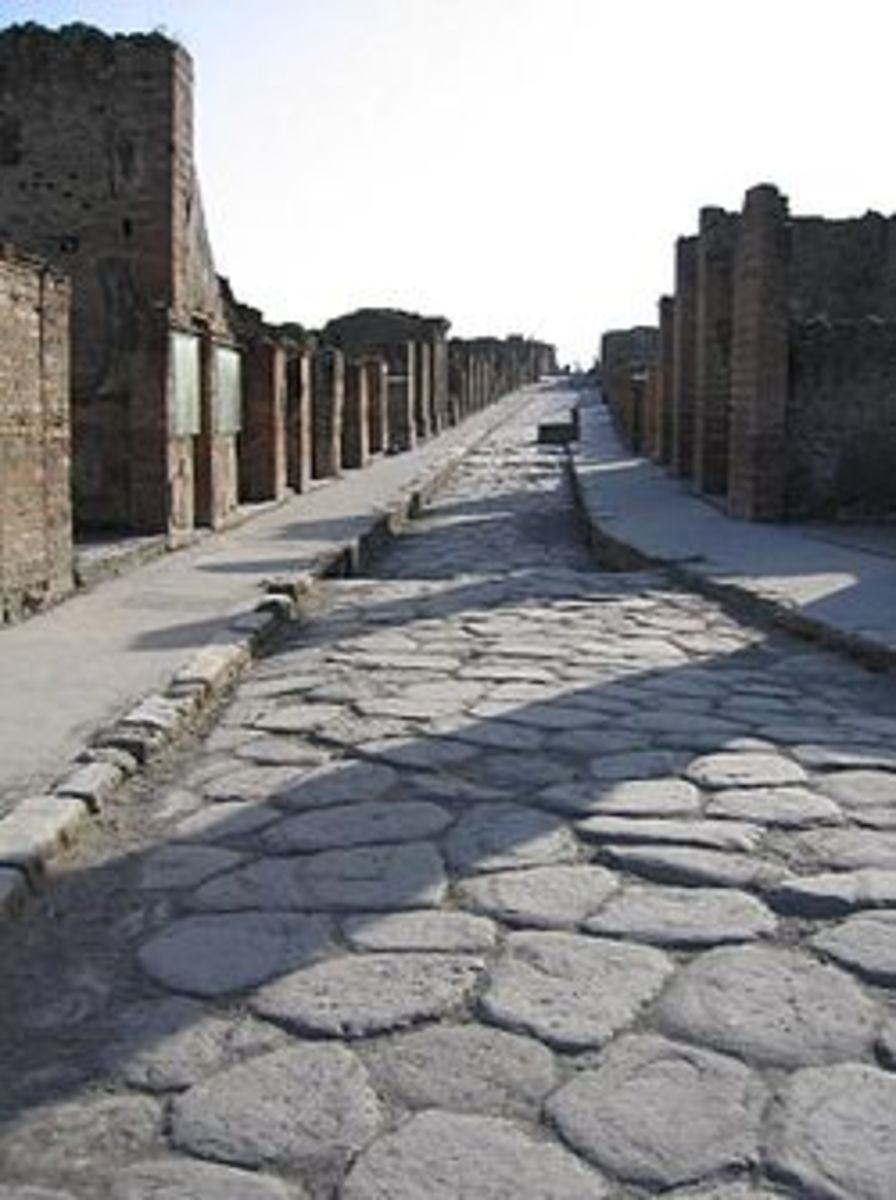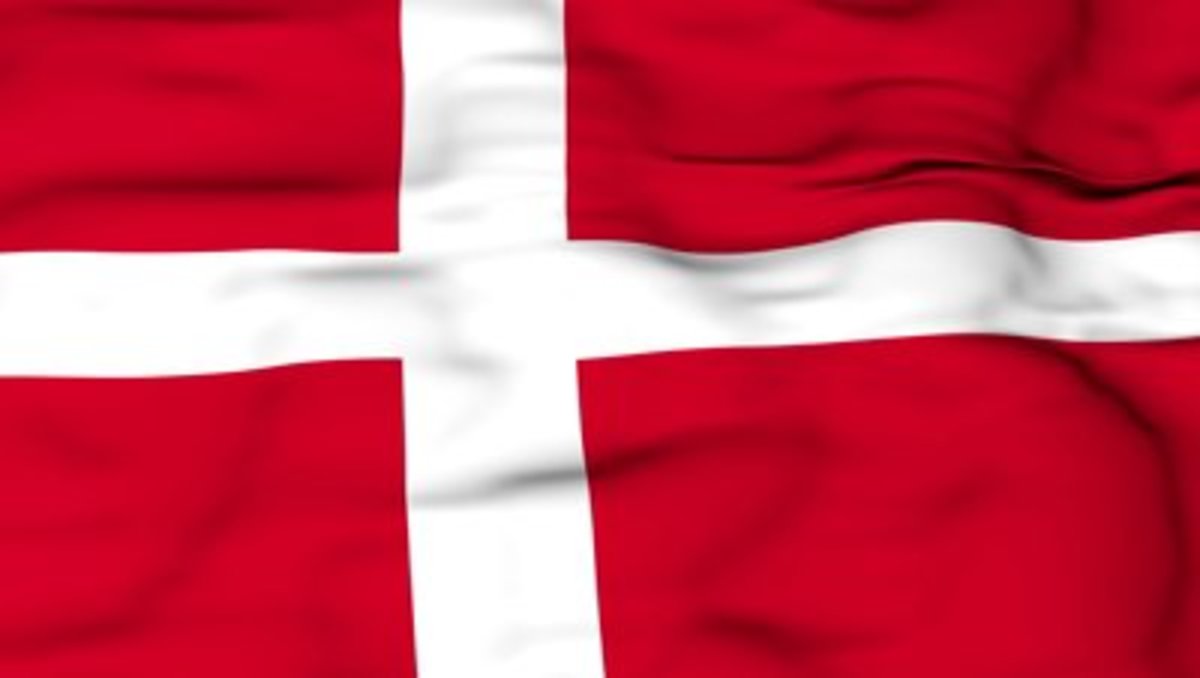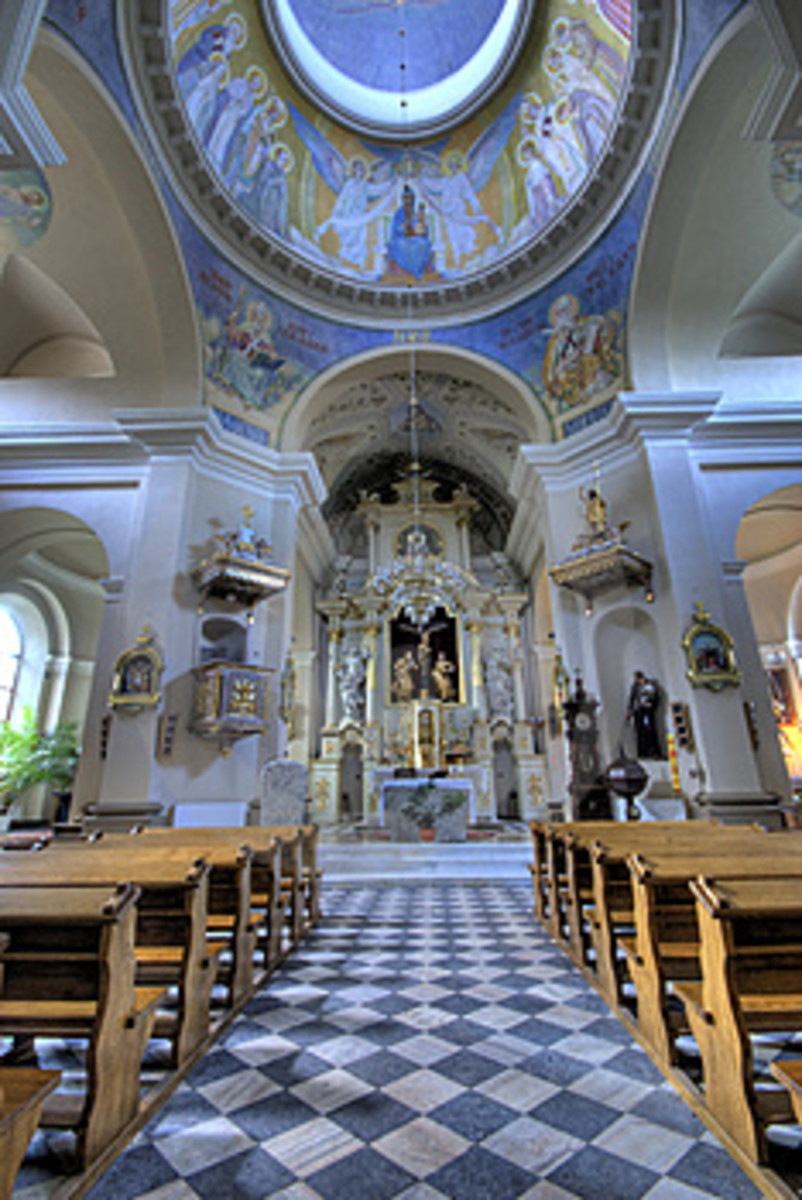Holy island of Lindisfarne
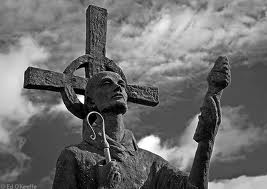
"The Holiest place in England"
Lindisfarne has time and time been hailed as "the holiest place in England". As well as being my childhood home for a time, the first mention we have of Holy Island in literature is in the 570s at the death of Urien-ap-Rheged, a Christian king who was trying to drive the pagan-English out.
Situated just off the Nortumberland coast, it was the Benedictine monks, coming from Durham in the twelfth century who called the island "Holy Island', which was in memory of all the saints who had gave their lives here, especially those who died at the hands of the vikings.
Holy Island has a feel about it that is different and set apart. It is as though it almost invites us to set ourselves apart and experience the vast expanses of the sea and the sky and walk where the saints have walked. It invites us to be pilgrims.

Pilgrimages
Pilgrims have been visiting the island for over 1300 years seeking healing and peace. However, because of its position too many lives were being lost to the tide and so posts were mounted in 1860 as a guide for visitors and islanders. In 1954 a roadway through started to be constructed and this was completed in 1954.
History
The history of Holy Island starts with the mission of Aidan in 634. Being a Christian he wished his people to accept the new religion and forsake their pagons .Aidan evangelised the whole of Northumbria and was the first of sixteen bishops of Lindisfarne. The most famous of these was Cuthbert born about 635 where he entered the monastery the year of Aidans' death in 651. In 685 Cuthbert was asked to become bishop of Lindidfarne but sadly died two years later.His body is buried in a wooden coffin which is still preserved at Durham.
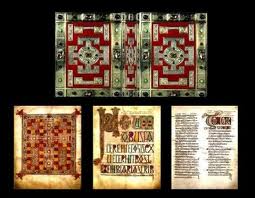
The Lindisfarne Gospels
The Lindisfarne Gospels are the finest surviving work of art from Holy Island. The book consists of the four Gospels. It is written in two hundred and fifty eight pages of vellum. The Gospel were at Lindisfarne for two hundred years until the island was abandoned in 875.
The Priory
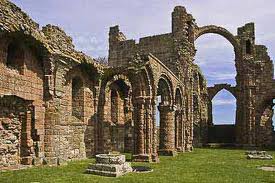
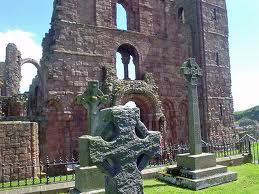
The Priory
In 1082 the the Bishop of Durham converted the cathedral on the island into a Benedictine monastery. The monks did not found a new independent monastery but a cell tenanted by monks and ruled by priors. The priory remained in this position throughout history.
The priory consists of a church, with a cloister on its south side and surrounded by monastic buildings and an outer court. The church was completed in the 12th century and the monastic buildings in the 13th and 14th centuries. The cloister was intended for study and contemplation.
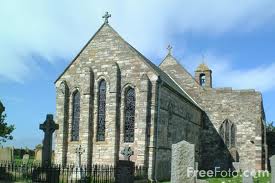
The parish church
This church lies immediately west of the priory and was built some time before 1145. The parish registers have many interesting entries which started with the end of the 16th century.
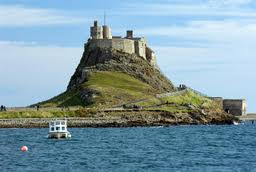
The castle
The castle was built using stone from the ruined priory and owes its existence to an Order in Council issued in 1539. Its military purposes over, during the civil war the castle came into the hands of the Parliamentary forces and soon it fell into decay. It was later turned into a coastguard station. The castle now consists of two batteries, the lower and the upper.The entry hall is completely modern and leads to two vaulted chambers known as the Dining Room and the Ship Room. The castle and its contents were given to the National Trust in 1944.
Holy Island
Al;though Holy Island is geographically fairly isolated there has and never will be a lack of visitors as people come from across the globe to walk and pray in the footsteps of the great Saints.My own childhood memories of living on this island with my family are in the main happy ones and I have continued to visit and be charmed by the people and guided by its history.
© 2012 cherriquinn


